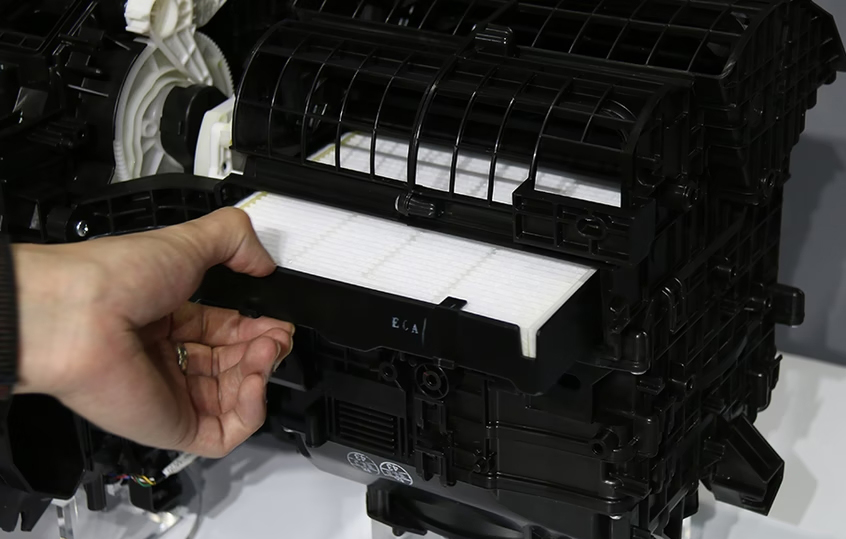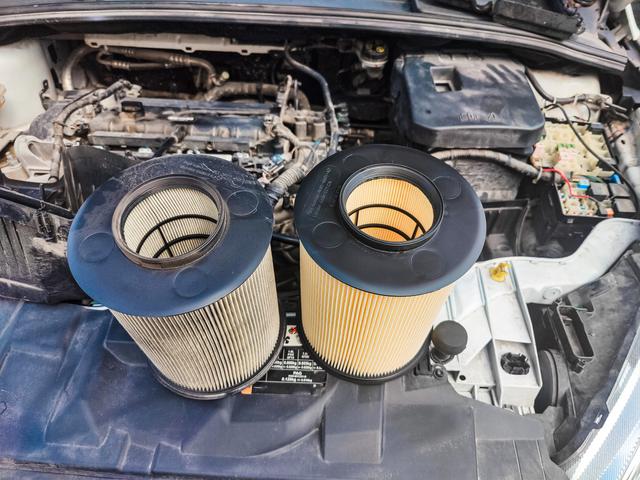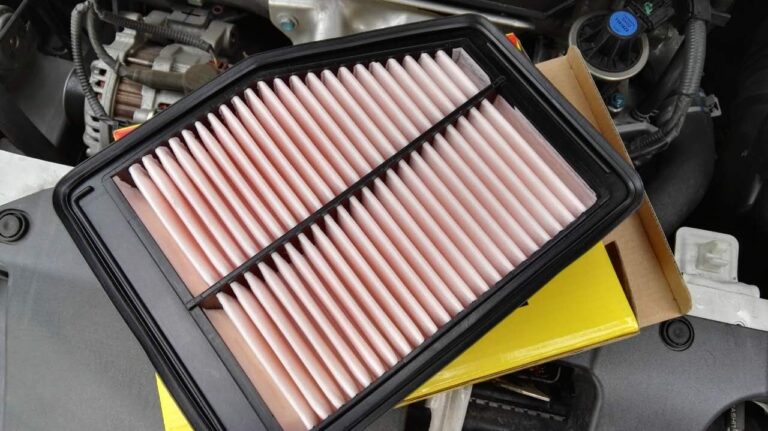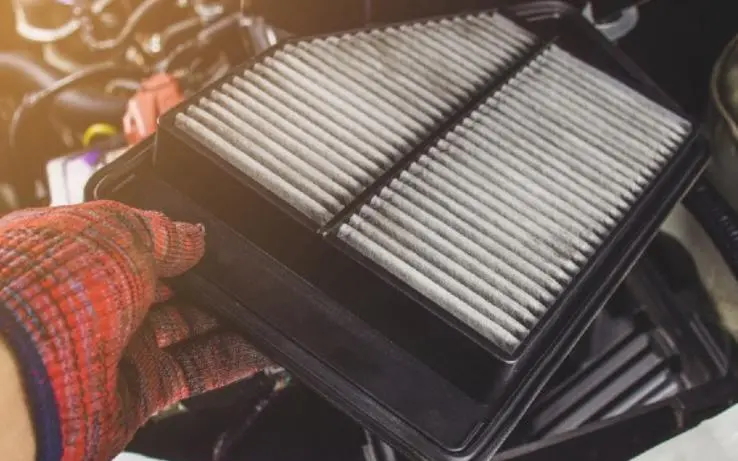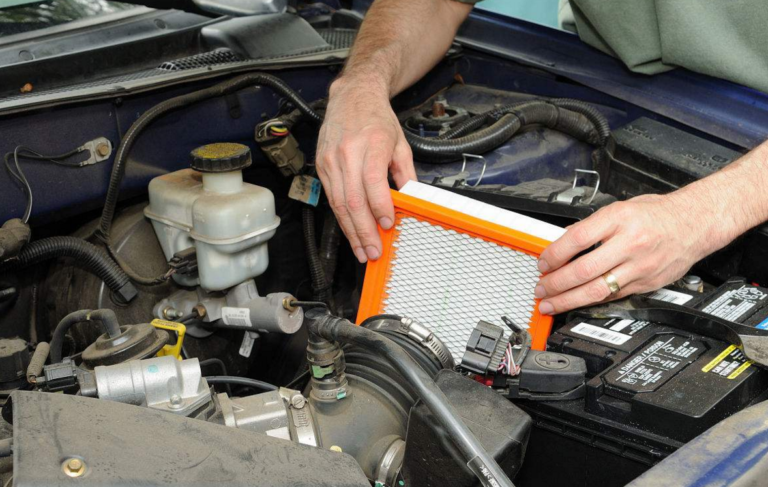Navigating the Realm of Car Air Filters: Why PM2.5 Filtration Remains Elusive?
As the world grapples with the increasing prevalence of fine particulate matter (PM2.5) in urban environments, one might wonder why the humble car air filter has not yet evolved to combat this microscopic menace. The answer lies in the intricate balance between engineering constraints, cost considerations, and the ever-shifting priorities of automotive manufacturers.
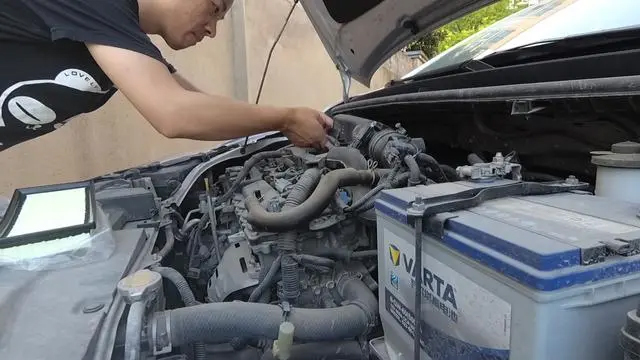
The conventional car air filter, designed to capture larger dust particles and debris, has long been the unsung hero of vehicle performance and engine longevity.
However, the diminutive nature of PM2.5 particles, measuring a mere 2.5 microns or less in diameter, poses a unique challenge for these ubiquitous filters. Capturing these microscopic pollutants requires a level of filtration efficiency that often exceeds the design parameters of standard air filters.

Upgrading car air filters to achieve PM2.5 filtration would necessitate a redesign of the filter media, incorporating more advanced materials and technologies.
This, in turn, would increase the manufacturing costs, putting automakers in a quandary. Balancing the delicate trade-off between enhanced filtration, fuel efficiency, and overall vehicle affordability is a constant concern for car manufacturers, who must cater to the diverse needs and budgets of their customers.
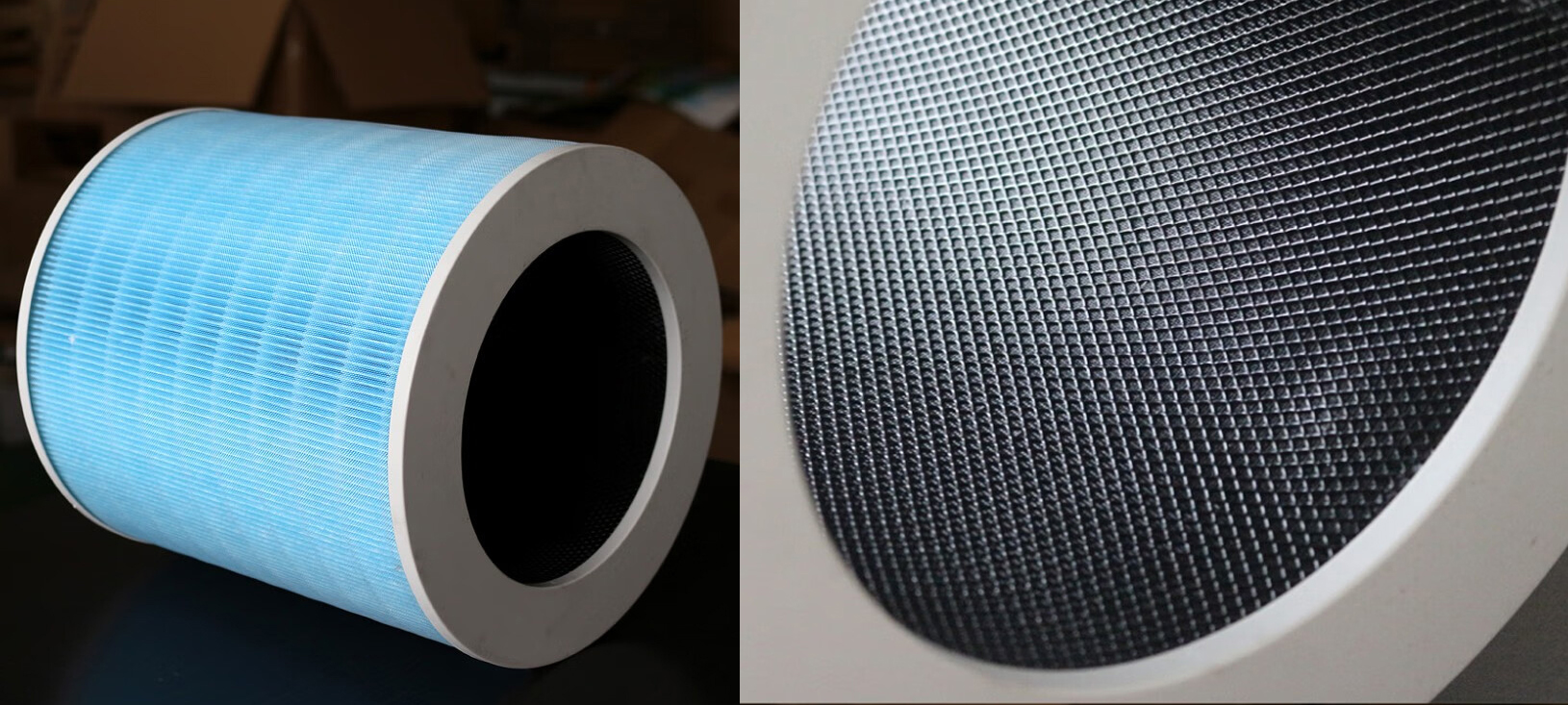
Moreover, the adoption of PM2.5 filtration in cars faces an additional hurdle: the lack of regulatory mandates.
Unlike certain regions that have implemented stringent air quality standards, many automotive markets do not currently require manufacturers to equip vehicles with PM2.5-capable air filters. This regulatory landscape, or lack thereof, means that automakers may not prioritize this feature, opting instead to focus on other enhancements that are more directly tied to consumer demand or government regulations.
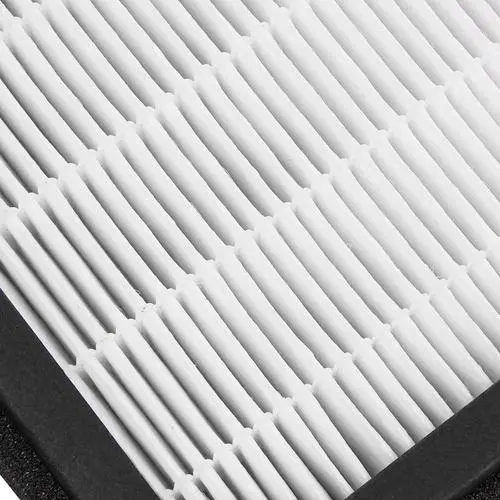
Despite these challenges, the automotive industry is not entirely stagnant when it comes to air filtration technology.
Advancements in materials science, computational fluid dynamics, and manufacturing processes have led to incremental improvements in the efficiency of standard air filters. Additionally, some premium and luxury vehicle models have begun offering optional or upgraded air filtration systems that boast enhanced particulate capture capabilities.
As the global consciousness surrounding air pollution and its detrimental effects on human health continues to grow, the pressure on automakers to address the PM2.5 challenge may intensify.
However, until a compelling business case and regulatory incentives align, the widespread adoption of PM2.5-capable car air filters may remain an elusive goal for the foreseeable future.

